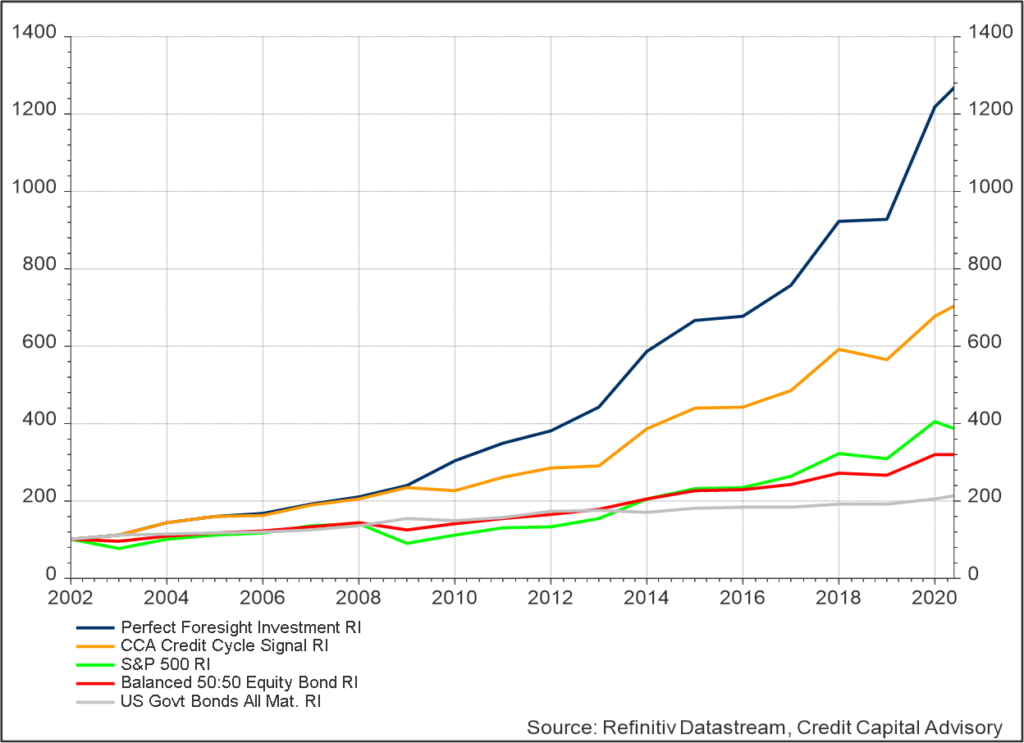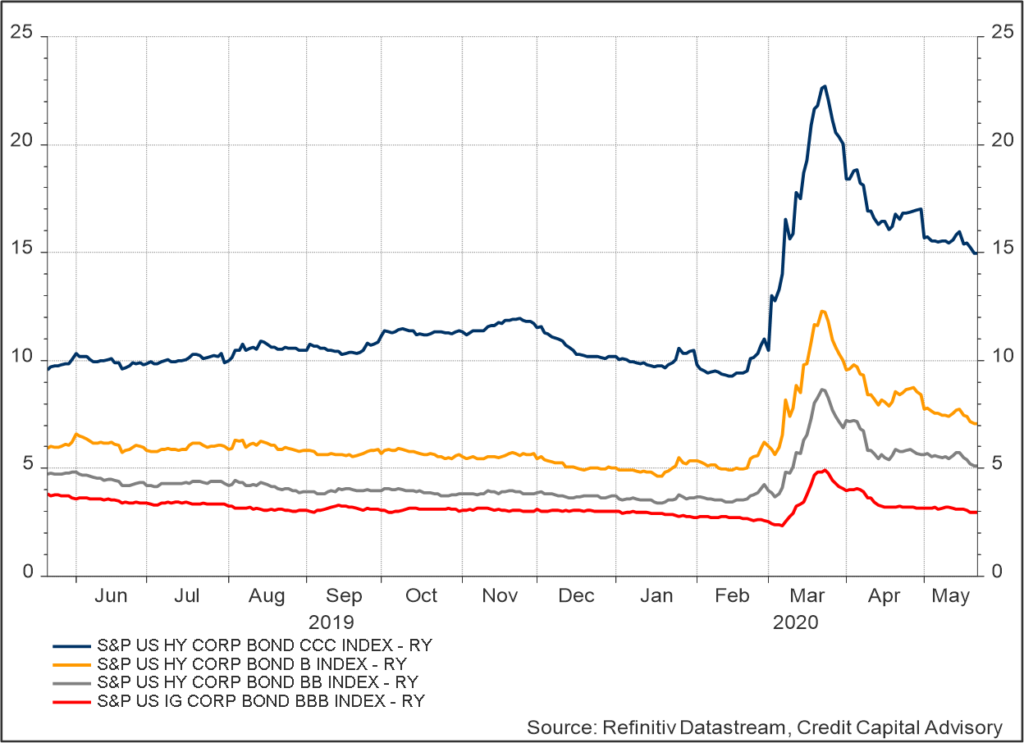The American economist Paul Samuelson once remarked that investing should be more like watching paint dry. If you want excitement, he noted, take $800 and go to Las Vegas. Samuelson’s comment in many respects strikes at the heart of the asset allocation versus stock selection debate.
It’s all in the allocation
Brinson et al’s 1986 paper on asset allocation stated that just over 90% of the variance in investment performance based on a fixed asset allocation portfolio was explained by boring old asset allocation, with only 10% arising from the excitement of market timing and stock selection. That 90% of the return is explained by asset allocation is intuitive as pension fund returns are driven by equity returns. When equities perform well so do pension fund returns, and when equities perform badly so do pension funds. In essence, being in the right asset class at the right time drives investment performance.
As asset allocation shouldn’t change that frequently, profitable investment should indeed be akin to watching paint dry. But that doesn’t mean that asset allocation should be static as is the case for passive equity, debt or 50:50 balanced funds. Indeed, the significant difference in performance between buy and hold funds compared to the returns of Perfect Foresight Investment, where the best performing annual returns between equities and debt are correctly forecast, indicates that exploring dynamic asset allocation should be central for pension funds. Between Jan 2002 and May 2020, getting the asset allocation right would have tripled the return compared to S&P 500 buy and hold. This effect is largely a function of being in bonds when equities collapse in value.
Chart 1: Cumulative investment returns by investment strategy

Credit cycle investing outperforms buy and hold
After reading Brinson’s paper, I embarked on what turned out to be a four-year project to ascertain whether there might be a way to use the credit cycle to predict, at the start of each year, whether to invest in equities or bonds. By 2006 I had developed a simple model based on the writings of Hayek and Myrdal that used the short term expected profit rate in conjunction with consumer and corporate leverage ratios to signal whether the expected real return on capital minus the cost of funding, or Wicksellian Differential, was expected to rise or fall. The central idea was that a faster rate of expected growth in profits and leverage should result in an increase in capital values, and vice versa.
One aspect of this approach is that it does not claim to glean any insight into the direction of markets based on a news or valuation-based narrative, only that there is a general tendency for rising profits to boost capital values and falling profits to lower capital values. Once profits start falling after a period of rising leverage, asset prices become much more sensitive to economic or financial shocks, which are unpredictable. A credit cycle investment strategy therefore can be understood as being akin to the precautionary principle. When highly leveraged firms are experiencing a falling rate of profit, the downside risk increases substantially even if equity values continue to rise.
The 2007 data indicated that profits were slowing, hence the signal was for bonds, thereby avoiding the 2008 crash. The same was true of the recent coronavirus crash given that the signal shifted back to bonds in February 2019. In both cases, the news flow surrounding extraordinary market moves was ignored. The result of this simple asset allocation strategy is that it has outperformed a buy and hold equity strategy by 106% since 2002 with much lower volatility and minimal trading costs. The data from 2002 to 2006 was backtested using ex ante data, although this period only had a small effect on the overall excess return.
Uncertainty still remains
This is not to argue this approach doesn’t have its challenges. Using ex post data for 1987 – 1989, profits and leverage were indicating rising equity values. The October 1987 crash resulted in a fall of around 30% in asset values which took 18 months for values to return to their original level.
While during the late 1990s the signal was negative for profit growth – thereby avoiding the dot com boom and subsequent crash – bond returns were boosted due to falling interest rates. This doesn’t look likely to be repeated in the immediate future given how low yields are.
Indeed, how this asset allocation strategy will perform in a bond bear market remains to be seen. However, one of the benefits of a simple binary model focussed on profit growth and leverage is that the behaviour of these variables is less susceptible to underlying structural change in the economy.
What’s on the horizon?
The current outlook for the U.S. market is unsurprisingly extremely negative with all sectors except Other Services which is dominated by tech, seeing a significant fall in the outlook for profits. As was argued last quarter, the demand for technology products and services will continue to be strong relative to the rest of the economy.
Table 1: Change in near term profit expectations and leverage ratios

Source: Refinitiv Datastream, Credit Capital Advisory
In terms of credit markets, the picture continues to look bleak for highly leveraged firms. The structural shift in yields for CCC and B bonds since February remains substantial, indicating rising default rates. As these highly leveraged assets begin to default, many parts of the financial market will be negatively affected.
BBB bonds have stabilized due to Federal Reserve support programs, which also appear to have had some positive effect on BB bonds too. Some of these bonds may have been BBB prior to March 22 and hence would have qualified for the Fed’s secondary market corporate credit facility.
Chart 2: U.S. Bond market indicators by rating band

The ongoing shift towards passive funds suggests that Samuelson’s quip is finally getting through to investors. But such an approach ignores the reality of the credit cycle, which at least in the short run, can be observed and used for asset allocation. Perhaps dynamic asset allocation is in fact exciting after all — and it’s far more profitable than going to Vegas.
